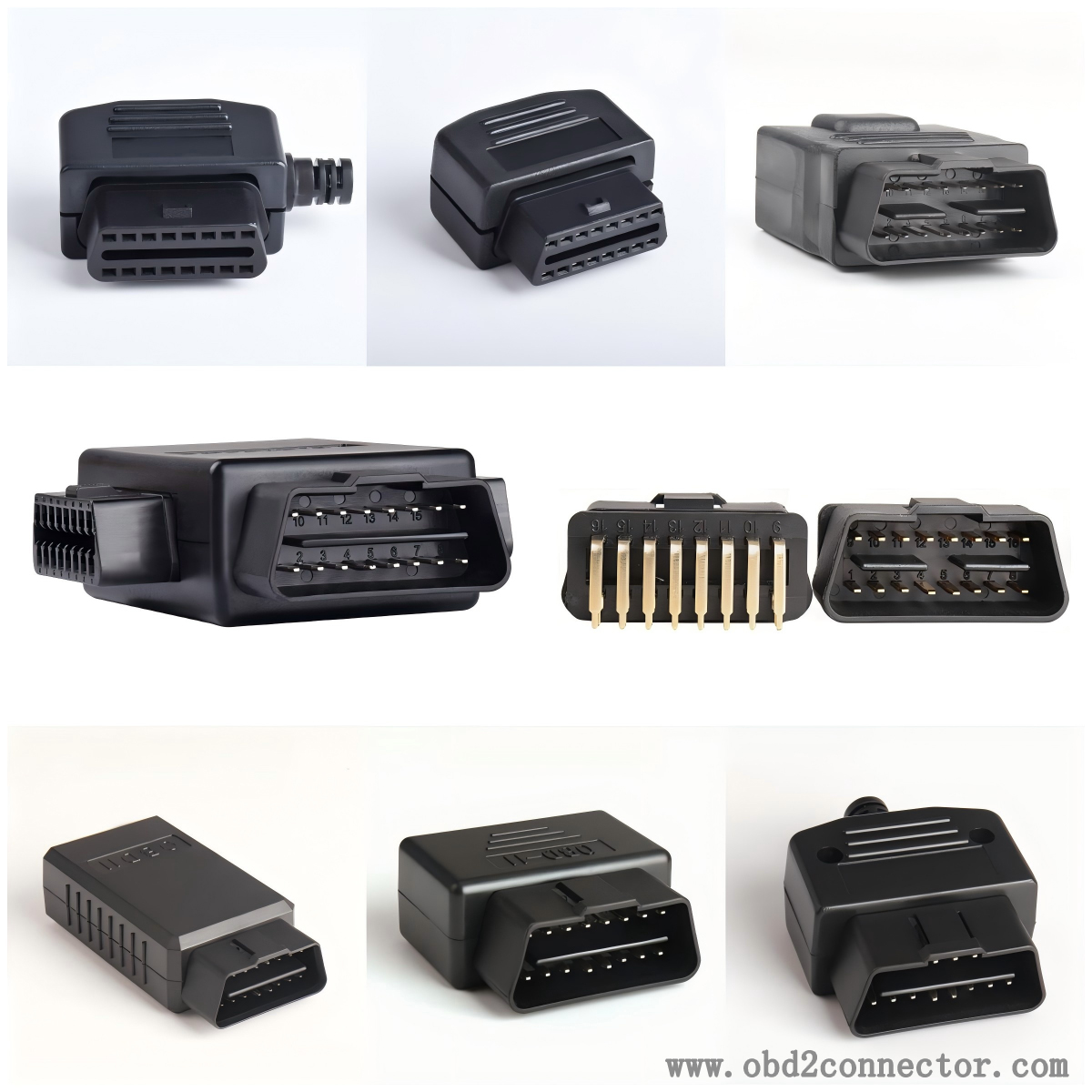Structural characteristics and advantages of elbow obdii connectors
OBDII elbow connector is an important accessory used for automotive diagnosis and data reading. The following is its related introduction:
Structural characteristics
Bend design: Usually a 90 degree bend, this design allows connectors to be flexibly connected in narrow spaces and complex layouts inside cars, reducing cable bending and pulling, reducing the occupation of interior space, and making wiring more convenient and reasonable.
Plug and cable: The plug part is generally treated with gold plating and other processes to improve conductivity and oxidation resistance, and reduce signal transmission loss. The cables are mostly 16 core flat cables and other types, using high-quality wear-resistant and stretch resistant materials to ensure stable performance in frequent use and harsh environments.
Shielding design: To ensure accurate and stable transmission of diagnostic data, advanced shielding technology will be used to effectively reduce external electromagnetic interference.

Performance advantages
Strong compatibility: It can be compatible with most OBDII compliant car models on the market, including sedans SUV、 Trucks, etc. have a wide range of applications.
Stable data transmission: It can ensure the accurate and stable transmission of data between diagnostic equipment and vehicle OBDII interface, allowing maintenance technicians to quickly read vehicle fault codes, real-time data and other information. It also facilitates modification personnel to monitor and adjust vehicle performance parameters, and allows car owners to understand the vehicle's operating status in real time.